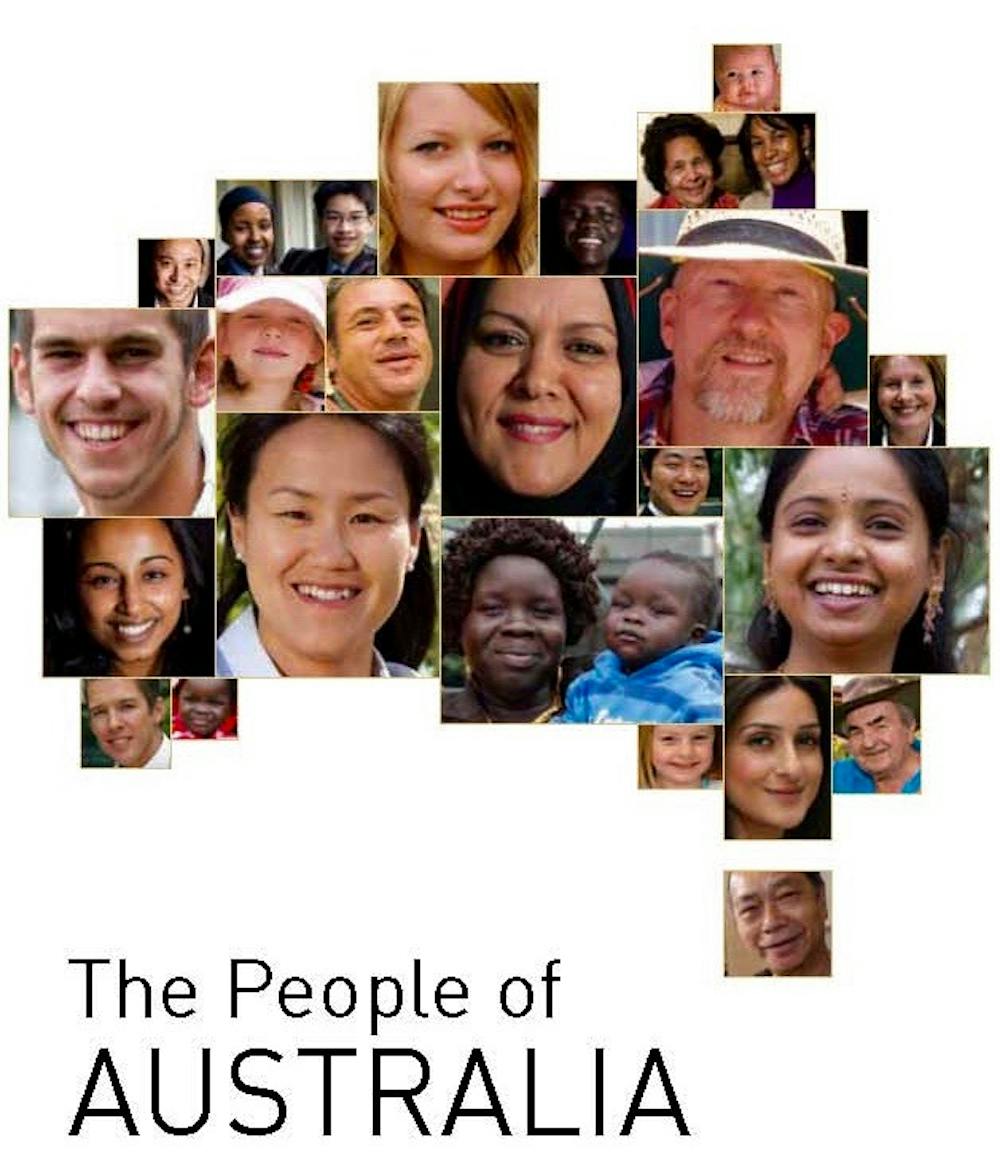The Australian Curriculum outlines that a year 4 achievement standard in geography is to recognise when significant events bring about change in a community. A key inquiry question will be for students to research how the town has evolved in regard to buildings, social groups, employment, education and tourism. Students will be involved in researching, questioning, developing timelines, interviewing and excursions to enable them to build a comprehensive reflection of the adaptations being made within their community. (ACHASS1074).
Sustainability evokes images of solar panels and recycling. Students will be discovering that sustainability also involves how a community can evolve after significant changes to their environment, economy or government.
Initial discussions will be based around students' knowledge of what is available in their community in terms of education, social groups and employment opportunities. Students will be involved in developing a series of questions to ask community members to research changes within the community. These questions will be developed through researching and group discussions. An excursion will include a visit to the Galley Museum, a walk around the town centre which will include a presentation from a local tour guide.

Students will be viewing a series of clips. The first clip will enable them to develop an understanding of the population difference in school numbers from the 1980's. I will be the first person the students will be able to 'interview'. Interviews enable to students to develop their questions, data recording skills, how to interpret the data and how to present the data. (ACHASS1074).
The second and third clips are from 2014. This is when the mine closed. Most students in the classroom will have experience with the impact this had on the community at the time. The students may have been too young to realise that many people moved to find employment and the atmosphere of the town was one of deep concern.
The following clip is from The Unconformity advertising campaign of 2016. Most students this will be an event they have personal experience with. Discussions around this clip will lead students to research the changing dynamics of Queenstown and the importance of tourism in providing employment.
A clip title The History Miner is a fascinating insight into how one man has evolved from being a miner to that of a successful tourism operator.
Hopefully the students will gain an understanding of how communities are able to adapt to major life changes and develop new ventures to help the town continue to be viable. (ACHASSK090). An important element of this unit will be asking the students to envisage what they believe Queenstown will be like in 20 years time. Do they see a future for developing tourism or mining?
References:
Australian Curriculum, Reporting and Assessing Authority. (2016). The Australian Curriculum: Humanities and social studies. Retrieved from: https://www.australiancurriculum.edu.au/f-10-curriculum/humanities-and-social-sciences/
Galley Museum image: Retrieved from: https://www.theadvocate.com.au/story/4851048/war-medals-stolen/
Mine closure video. Retrieved from: http://www.abc.net.au/news/2014-08-14/queenstown-locals-fear-for-towns-future-after-mine-closure/5671754
Murray High School Choir video. Retrieved from: https://www.youtube.com/watch?v=pNBd22wUlC4
The History Miner video. Retrieved from: https://www.youtube.com/watch?v=zxF1zejQBnA
What is Sustainability image. Retrieved from: https://www.activesustainability.com/sustainable-development/do-you-know-when-sustainability-first-appeared/
References:
Australian Curriculum, Reporting and Assessing Authority. (2016). The Australian Curriculum: Humanities and social studies. Retrieved from: https://www.australiancurriculum.edu.au/f-10-curriculum/humanities-and-social-sciences/
Galley Museum image: Retrieved from: https://www.theadvocate.com.au/story/4851048/war-medals-stolen/
Mine closure video. Retrieved from: http://www.abc.net.au/news/2014-08-14/queenstown-locals-fear-for-towns-future-after-mine-closure/5671754
Murray High School Choir video. Retrieved from: https://www.youtube.com/watch?v=pNBd22wUlC4
The History Miner video. Retrieved from: https://www.youtube.com/watch?v=zxF1zejQBnA
What is Sustainability image. Retrieved from: https://www.activesustainability.com/sustainable-development/do-you-know-when-sustainability-first-appeared/


